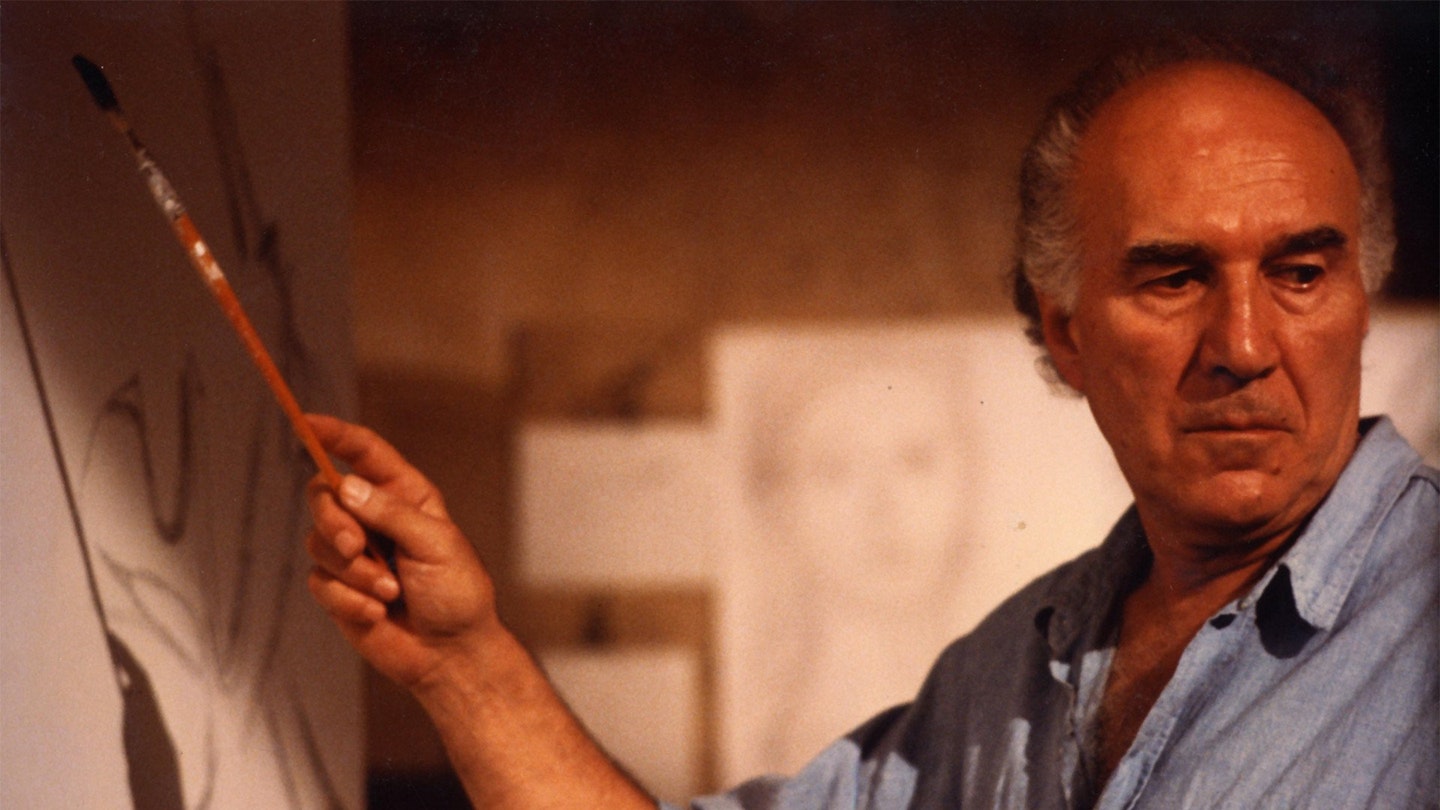Critic-turned-auteur, Jacques Rivette has never been one to hurry. L'Amour Fou runs for four hours and 12 minutes. Out One lasts for 13 hours, with the `abridged' version, Out One: Spectre, clocking in around 270 minutes. Even the more accessible Celine and Julie Go Boating (192 mins) and Secret Defence (170 mins) took their own good time. But rarely have 240 minutes been better spent than in the company of this magisterial study of the agonising process of creation.
Basically, this is an art-house investigation into the Indecent Proposal idea, as a young artist offers up his girlfriend to spark the inspiration of a painter who hasn't worked in the decade since abandoning a nude study of his wife, `La Belle Noiseuse' (Quebecois slang for a woman who drives men to distraction).
What follows is a battle of wills between Michel Piccoli's aging artist, spurned spouse Jane Birken, envious disciple David Bursztein and reluctant model, Emmanuelle Béart. The marital duel is the more emotionally intense. But Piccoli’s determination to capture the essence of the proud Béart is the more compelling, as it’s enacted in real time in the tactile terms of ink sketches, charcoal outlines and watercolour washes.
If the hand of Bernard Dufour provides the on-screen finesse, then Piccoli supplies the artistic passion, as he contemplates Béart’s flesh not only as an artistic challenge, but also as a means of freeing himself from Birkin’s stifling affection and, thus, of reviving his career. Rarely has so cerebral a film been so brutal.
Rivette also released a 120-minute version of the film, which he dubbed a `Divertimento’. Despite being shorn of the creative sequences, this is more than a simple precis, as it appears between alternative bookends and shifts the emphasis on to Birkin and her acceptance of her husband's relationship to his work and his model.
